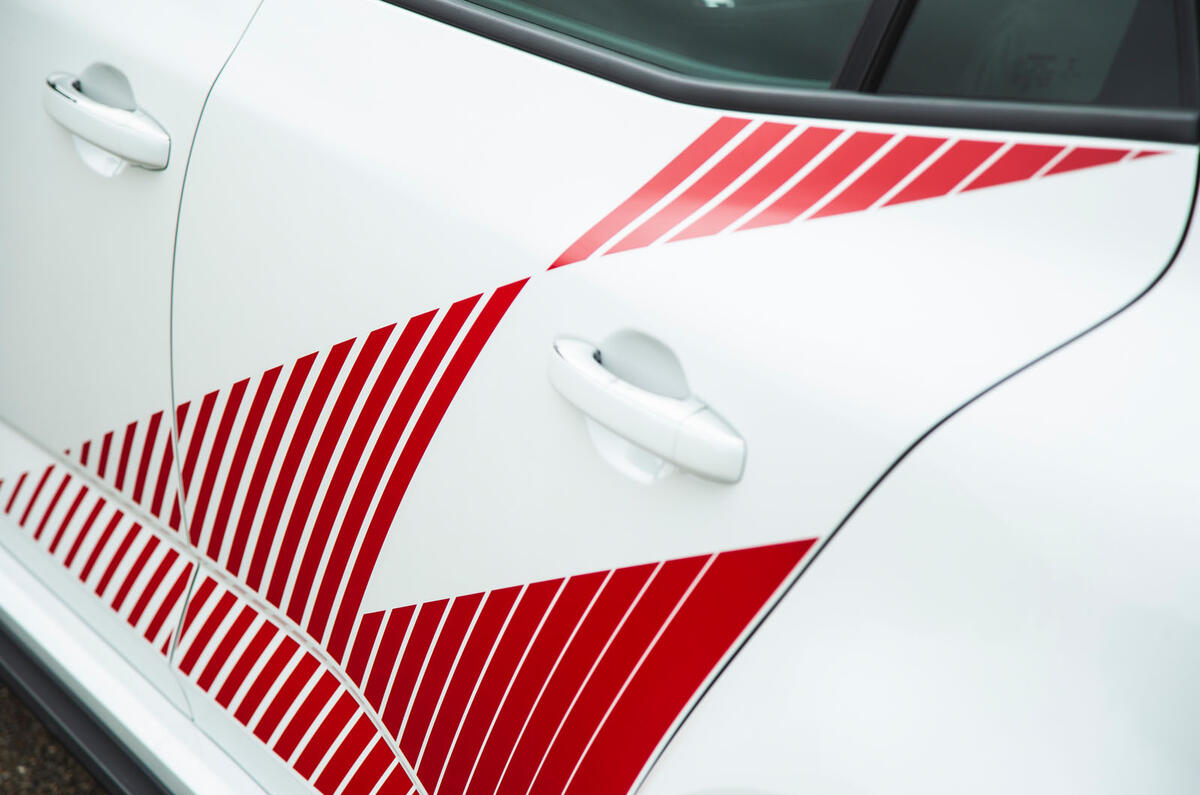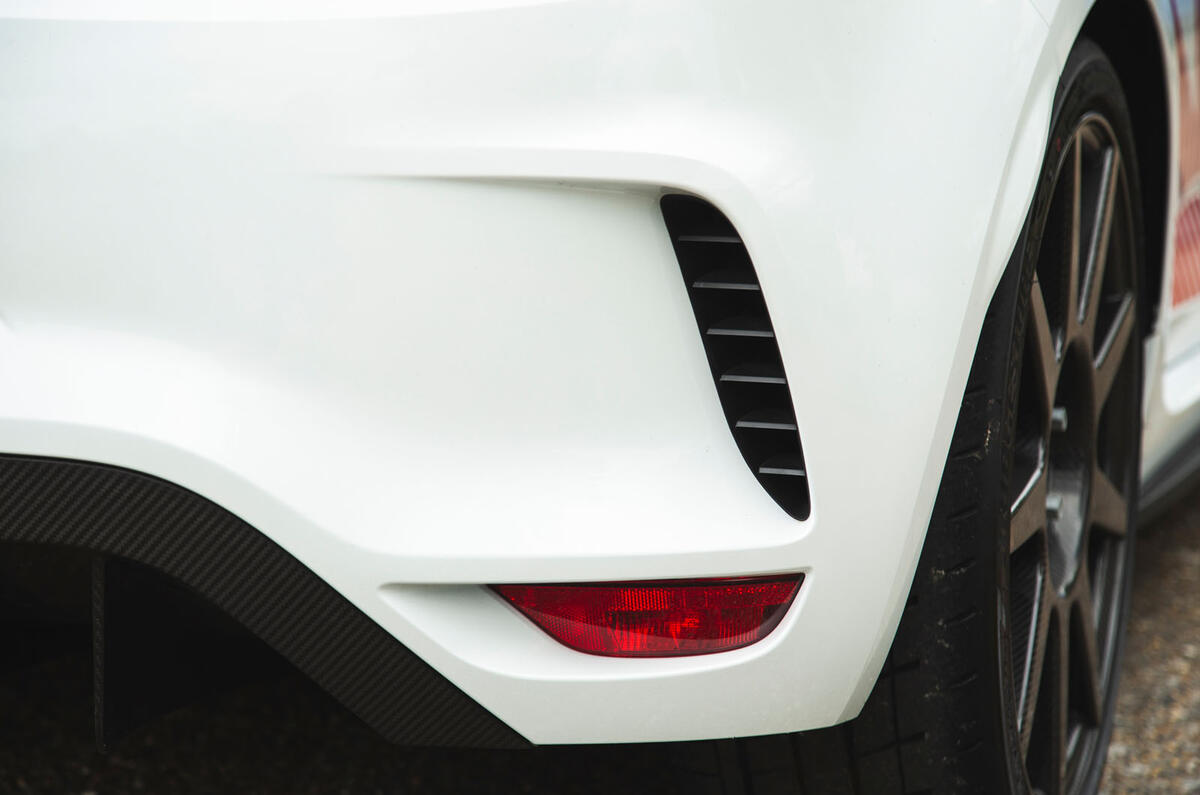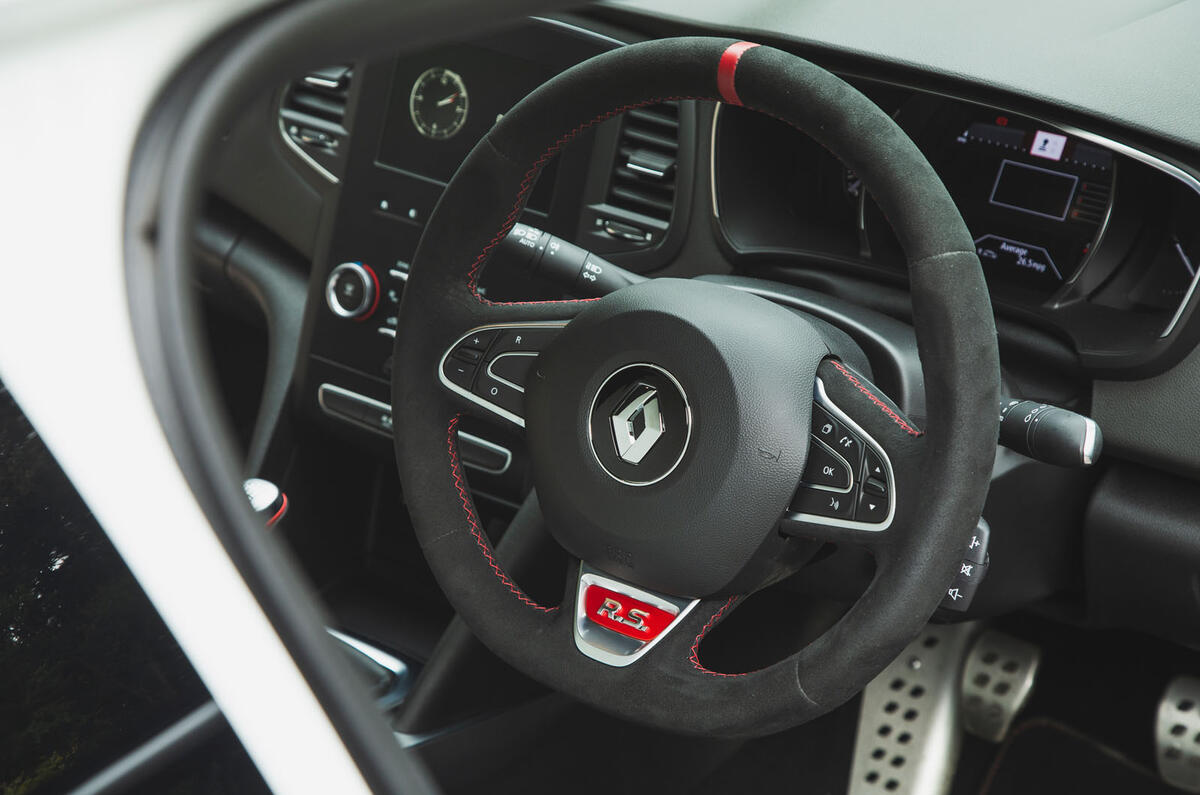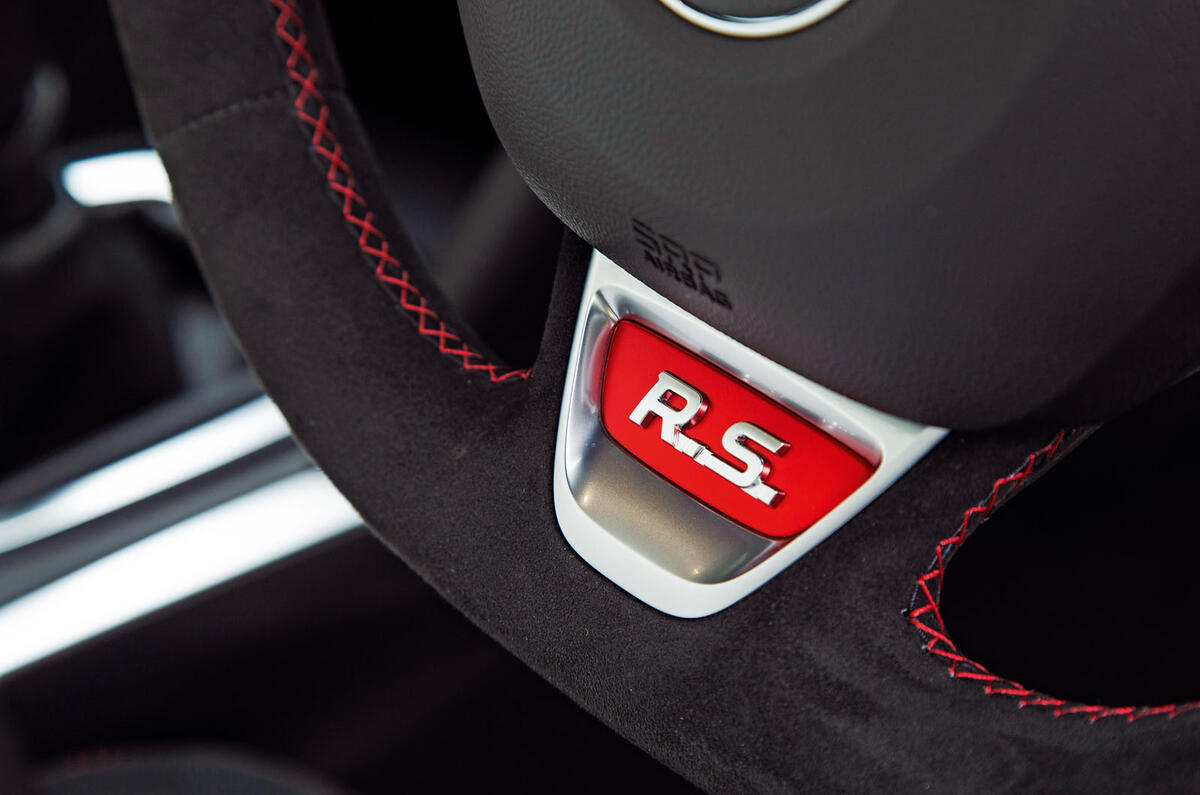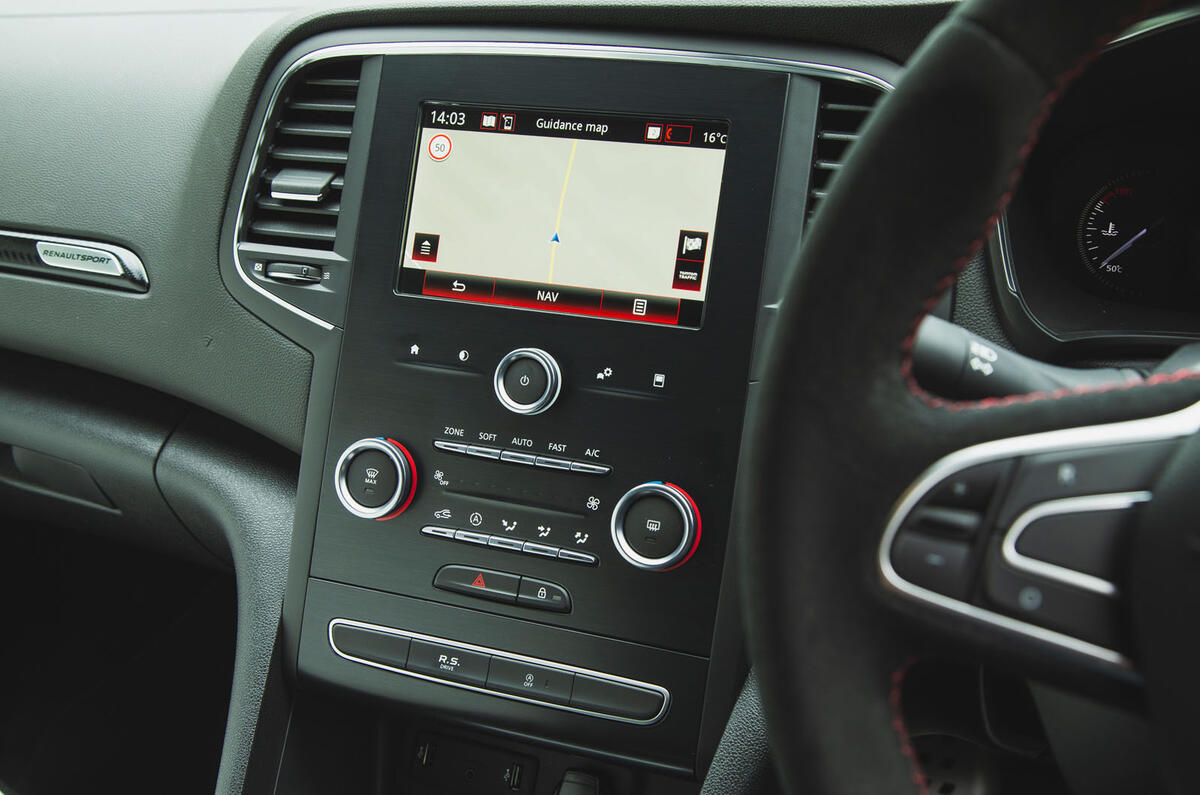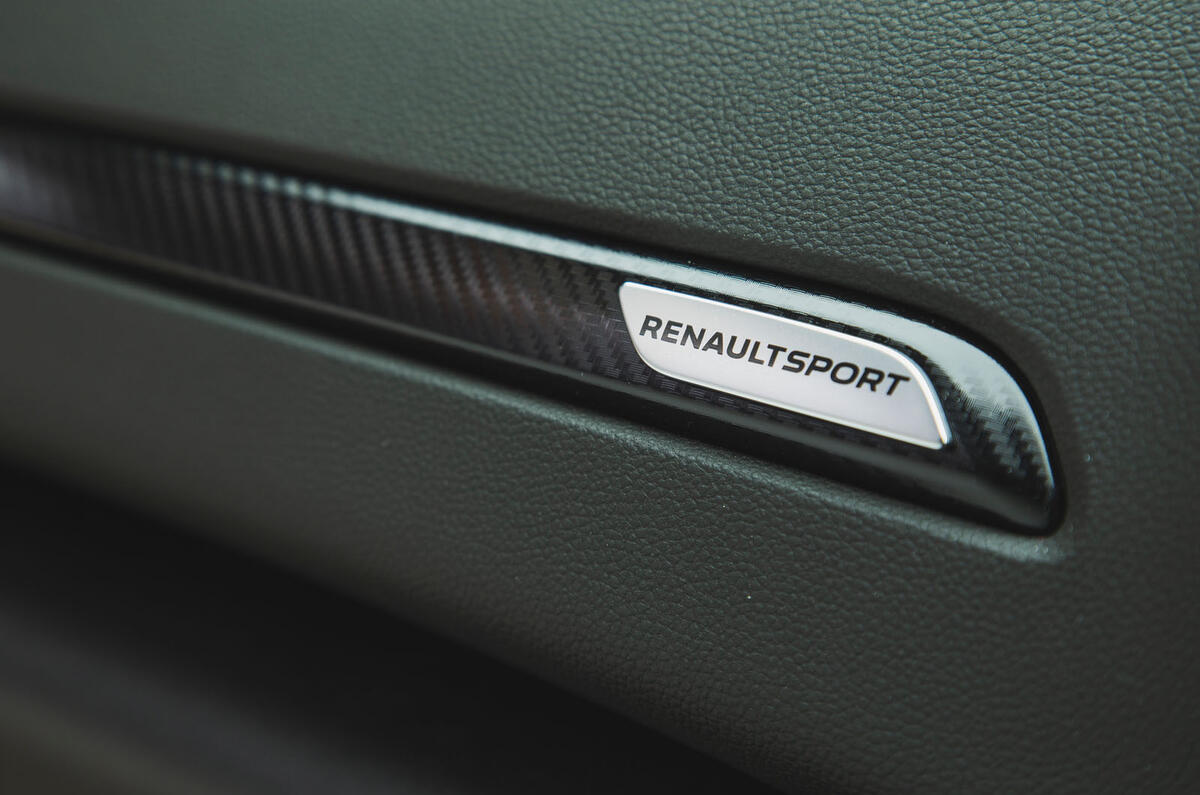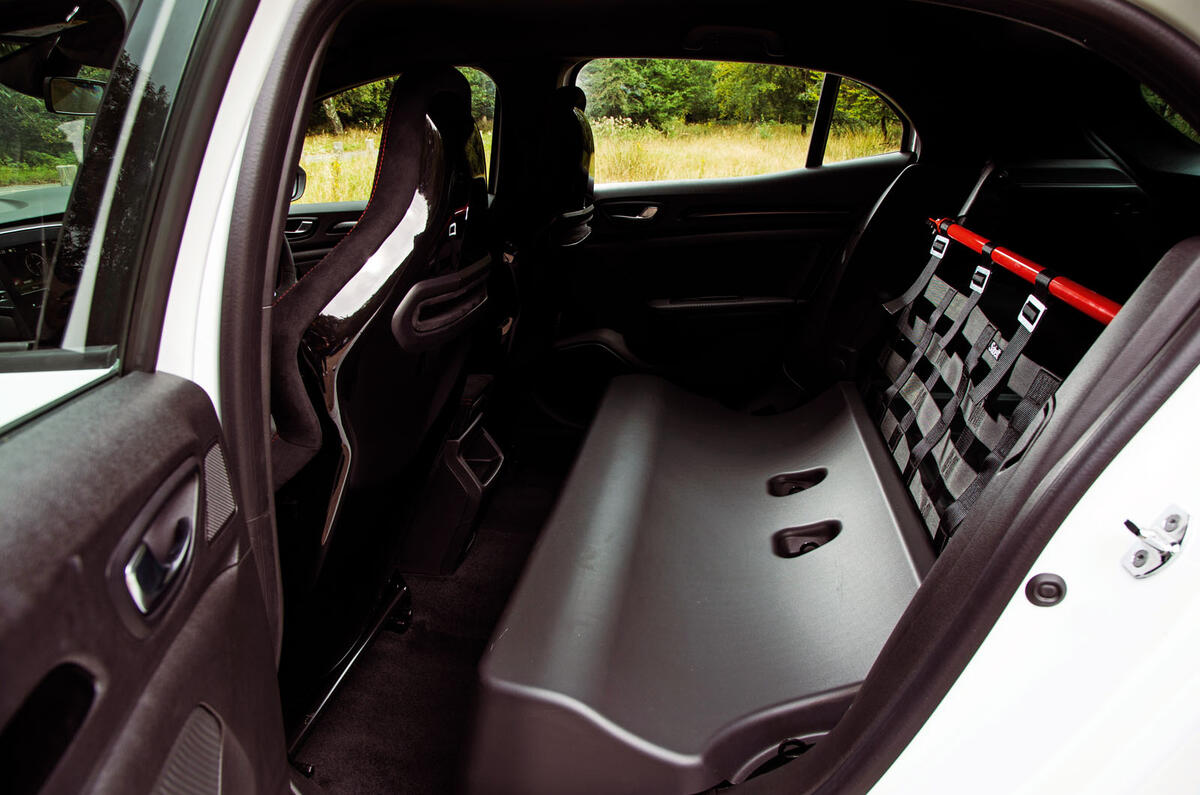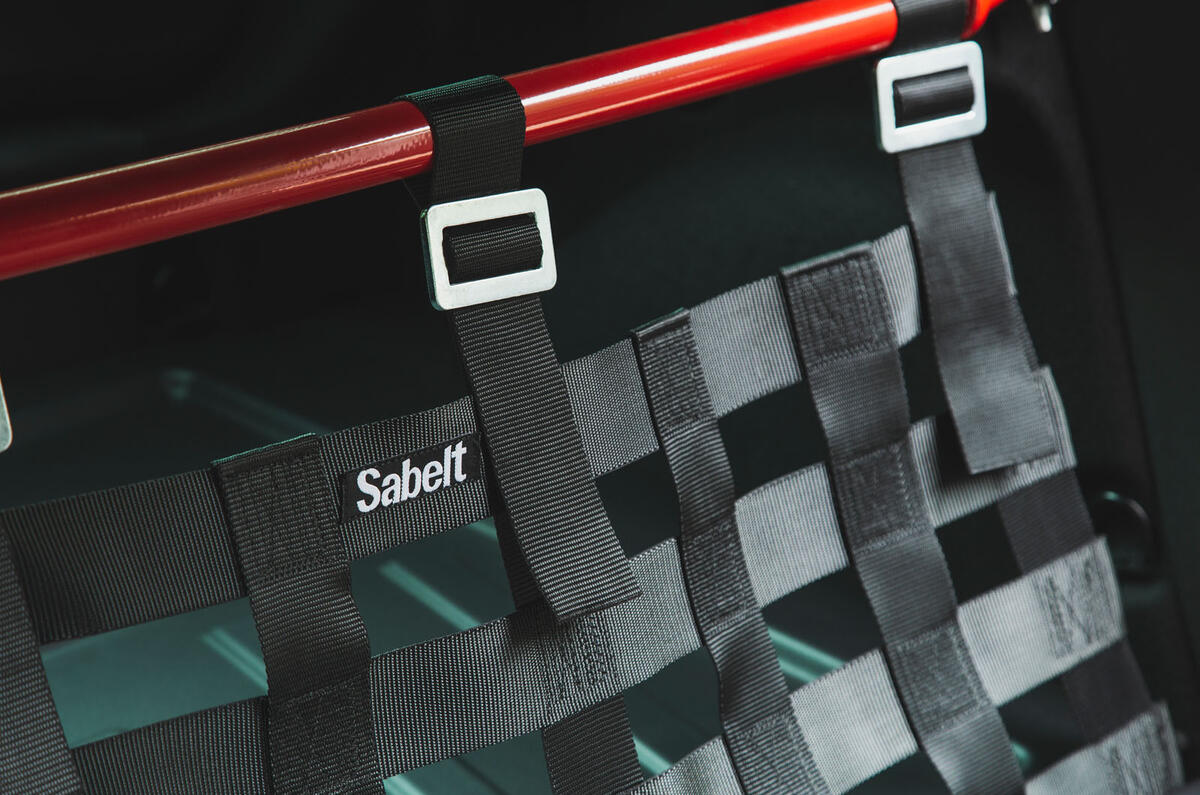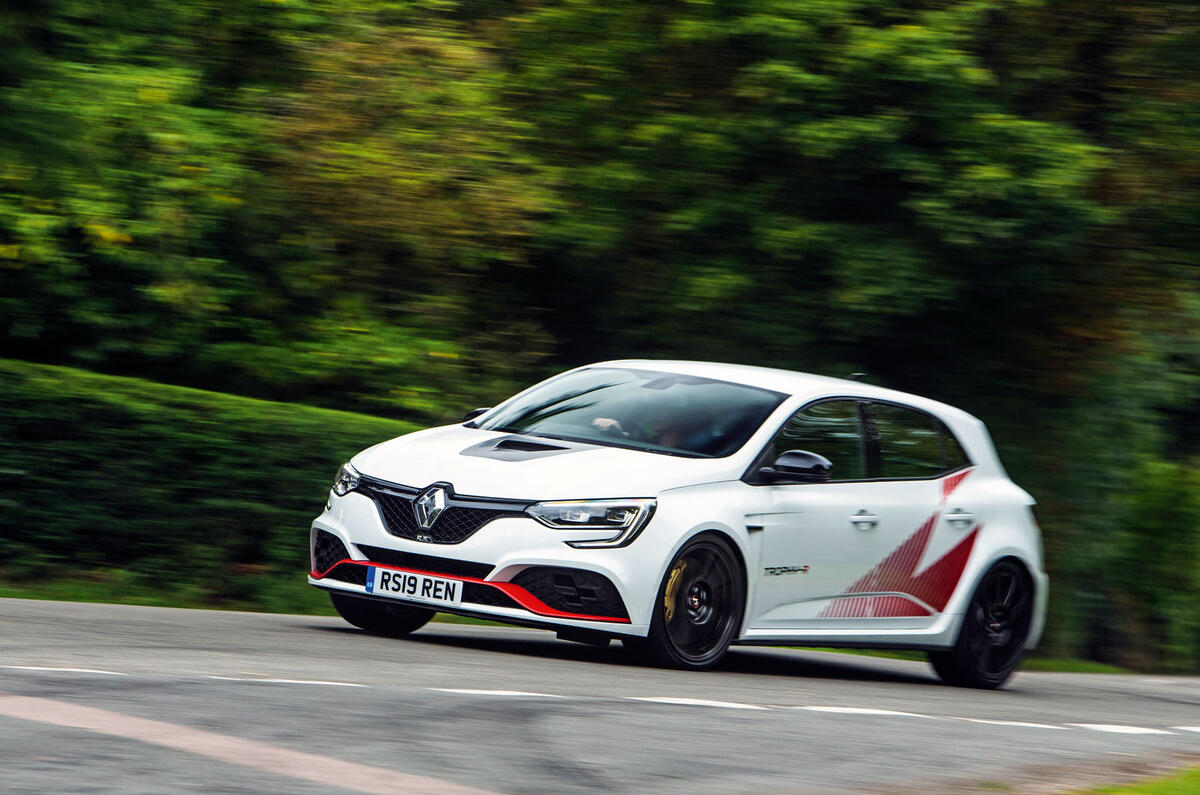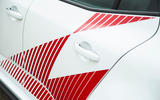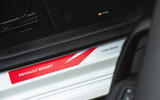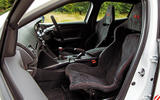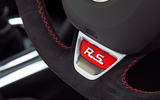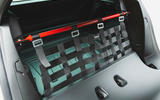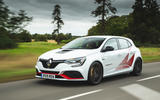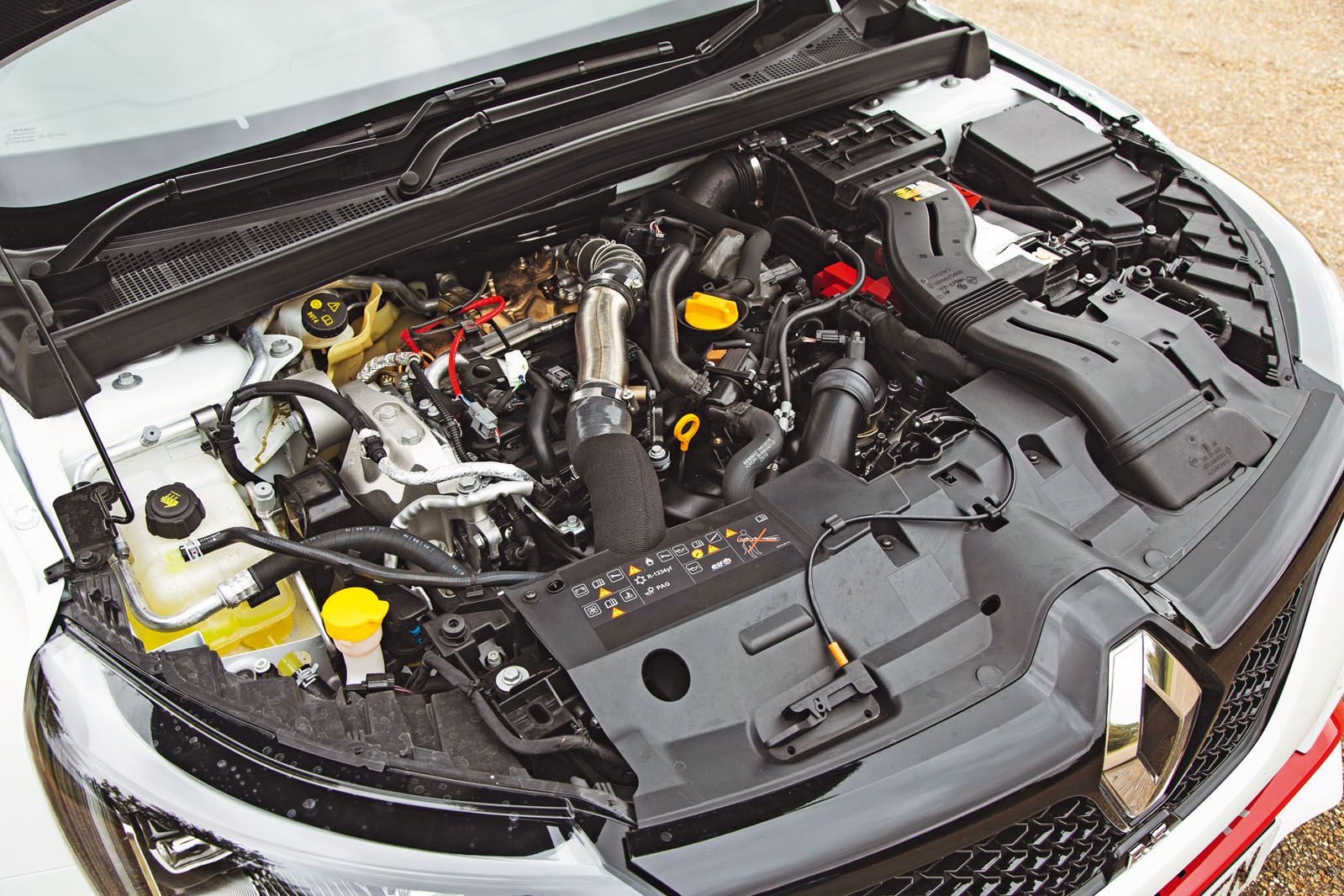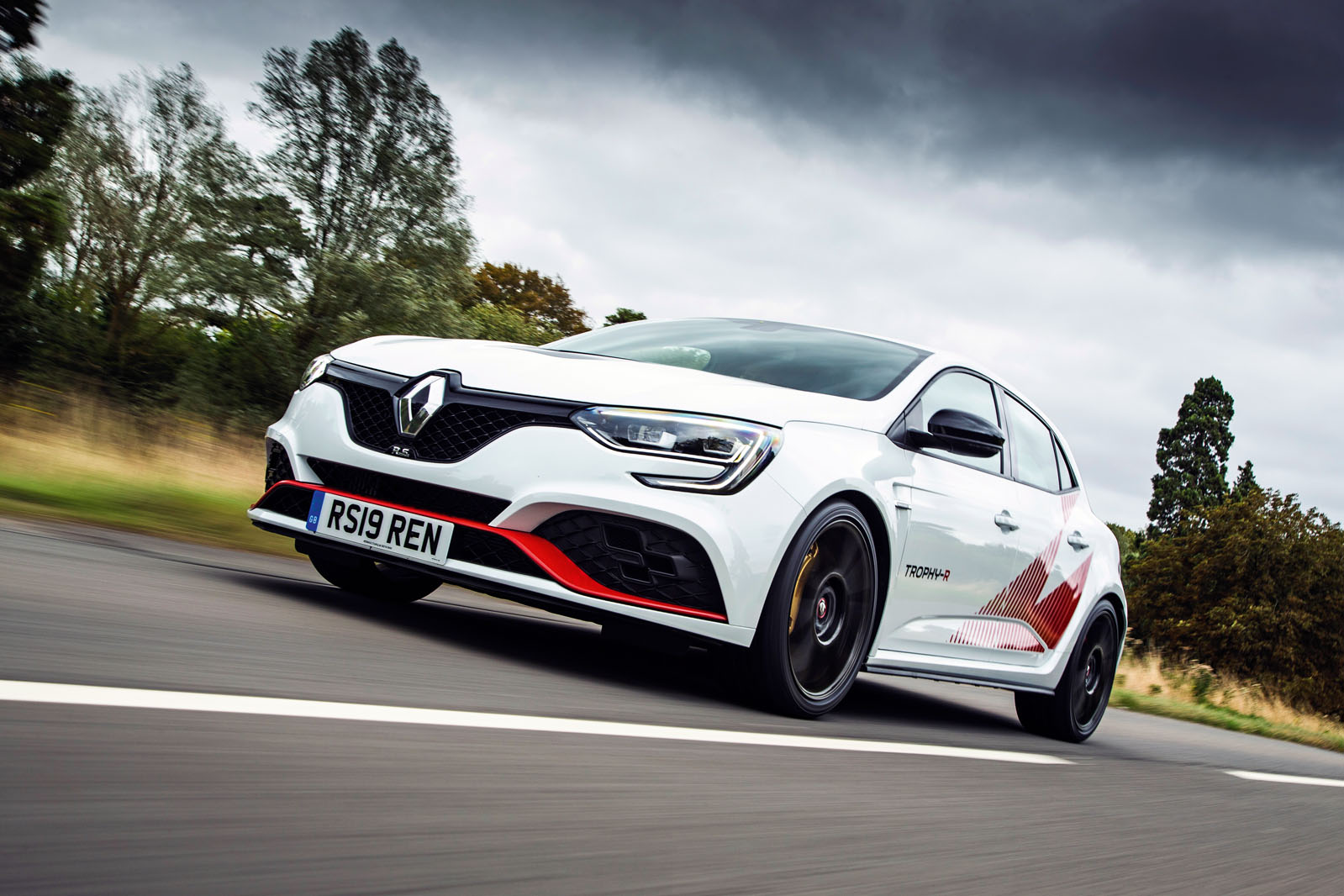This week’s road test subject would be a tough sell to someone with little or no interest in hot hatchbacks, track driving or the pantheon of great performance cars we enthusiasts spend so long thinking about. Luckily for Renault, few people who fit that description are dedicated readers of this magazine.
The Mégane RS Trophy-R is, strictly speaking, a premium version of Renault’s existing hot Mégane that comes in one colour and with one transmission option; that has been studiously ‘de-contented’ of its back seats, foglights and four-wheel steering system; that hasn’t been endowed with an exclusive engine of astronomical outputs; and for which, in our test car’s case, Renault is charging more than £70,000. Golly gumdrops, indeed.
To be fair to Renault, just one Nürburgring Record-specification example of the car has changed hands in the UK for that price (the only other being the press demonstrator you see here), with the balance of the 32 examples of this mega-Mégane available from a slightly less scandalous £51,140. Even so, for either price you can believe Renault Sport meant it when it claimed to have gone to every length of which it could conceive to add track pace and purpose to the Mégane RS’s armoury.
It has done that along three particular lines of focus: by taking weight out of the car, by greatly altering and improving its aerodynamic design, and by radically transforming its axles and surrounding suspension design. We’ll get into all three dimensions in detail shortly.












